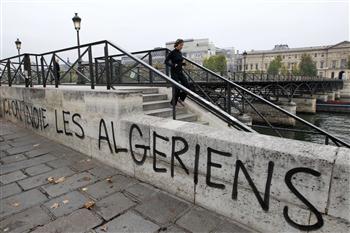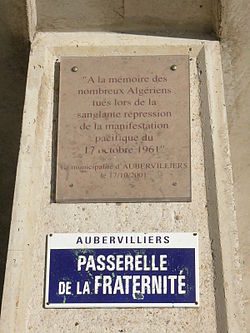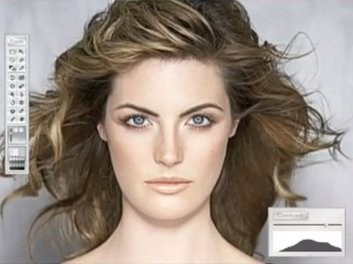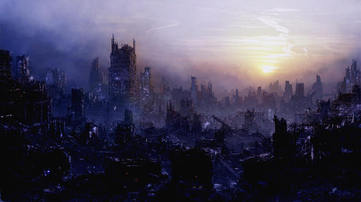I know that the reading for this week was dense and that we are only assigned the introduction and chapters 2, 5, and 7. However, I just want to encourage you to skim through chapter 6 which focuses on the Algerian War. In this chapter, Mirzoeff does a great job of analyzing the visual imagery in films about the Algerian War and connecting these analyses to his overall argument about visuality and countervisuality. I found the use of examples clearer than those in chapter 5.
Reading through this chapter and make me think of the October 17, 1961 massacre of Algerian protesters in Paris. Although Mirzoeff does not mention this event in the chapter (unless I missed it), the massacre--which involved the violent murder of some 70-200 peaceful protesters by Paris police and the beating and arrest of hundreds of others, and for which the French government has yet to officially apologize--seems to me an illustration of visuality working to render the Other invisible.
Reading through this chapter and make me think of the October 17, 1961 massacre of Algerian protesters in Paris. Although Mirzoeff does not mention this event in the chapter (unless I missed it), the massacre--which involved the violent murder of some 70-200 peaceful protesters by Paris police and the beating and arrest of hundreds of others, and for which the French government has yet to officially apologize--seems to me an illustration of visuality working to render the Other invisible.






 RSS Feed
RSS Feed
